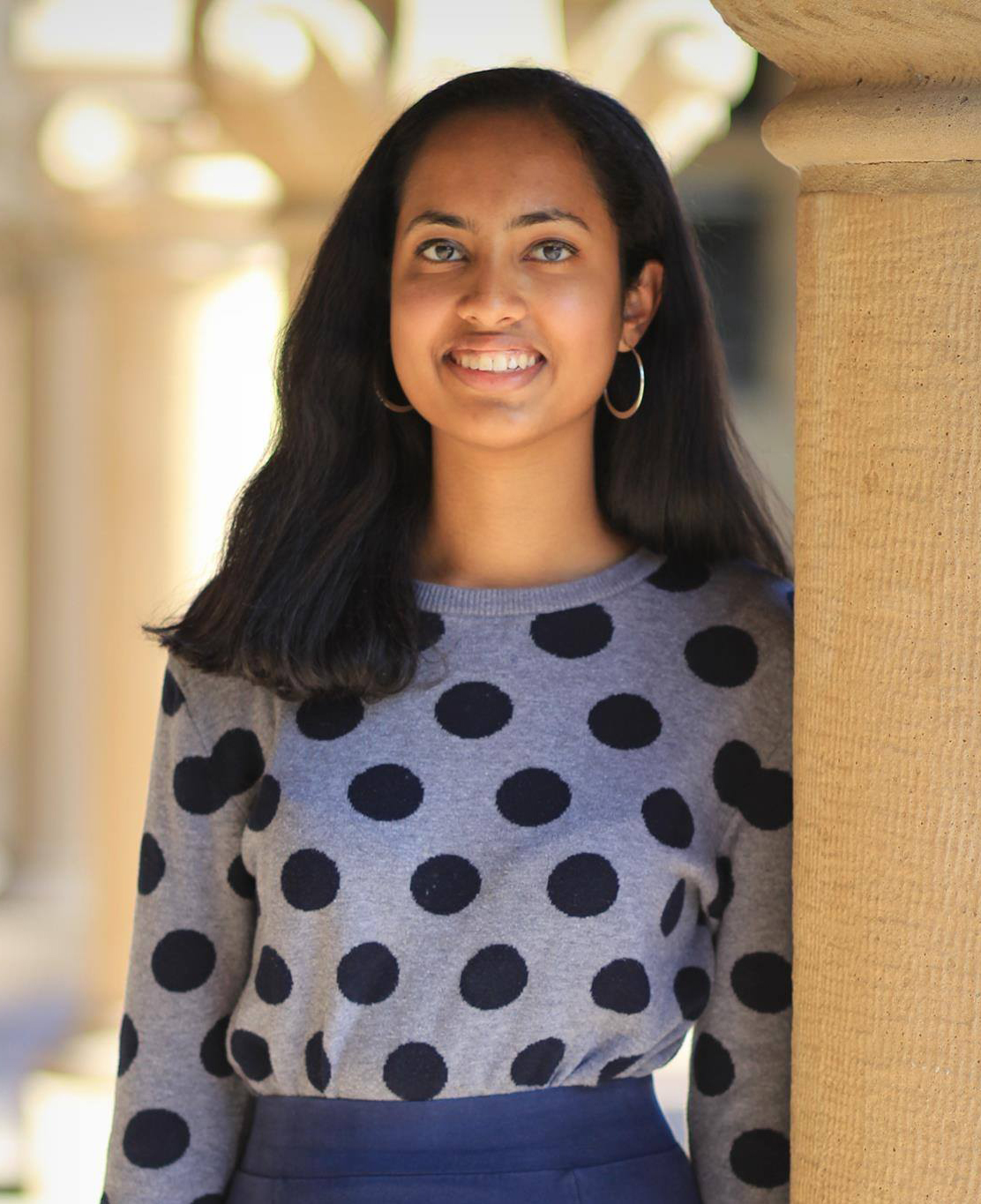Nitya Mani
Graduate Student
Website: https://www.mit.edu/~nmani/

As a child, I liked math, but I was equally excited by a number of other classes, including physics, earth sciences, and literature. In fact, until well into high school, I didn’t even know that “mathematician” was a career one could aspire to in the 21st century. I knew that mathematicians like Gauss made a career of mathematics in the 1700s and 1800s, but had no idea that math was a living, breathing discipline, or that many people in the present day spend their days pushing on the boundaries of the known mathematical universe.
Consequently, as I thought about possible careers, I was most excited about the idea of being an engineer focusing on renewable energy or a high school teacher, and I spent many evenings and summers in middle and high school in a chemistry lab or thinking about physics problems, ranging from synthesizing cleaner jet fuel from canola seeds to stacking homemade solar cells to take advantage of fluorescence properties.
I was incredibly fortunate the summer after my sophomore year of high school to have the opportunity to attend the Stanford Math Camp, where I formed lifelong friends and discovered a love of mathematics. Over the four weeks immersed in the fundamentals of group theory and elementary number theory, I realized that academic mathematics was a very different creature than the trigonometry and calculus that filled my high school math classes. Excited by the summer, I began struggling to read a book about Galois theory under the guidance of a graduate student. I soon found myself asking questions that I learned (to my dismay) were open, and I realized for the first time that not all of mathematics was known. However, when my mentor suggested that I try to answer one of those questions, I was initially simultaneously horrified and resistant; while maybe Ramanujan and Erd\H{o}s could invent new mathematics, a high schooler like me certainly couldn’t! However, over two years of playing with interesting questions and learning to read math papers later, I found myself with both a solution to a toy problem and an enduring passion for math research.
Thus, I arrived at college, excited about mathematics, but far from certain it was a field I could successfully pursue. Many of my peers seemed to have far more preparation and mathematical confidence than I had. While I was confident in my interest in learning more about algebra, number theory, and combinatorics, I knew very little, and I was very, very far from confident in my ability to keep up with the budding mathematicians around me. However, at Stanford, I had the enormous privilege of an extremely supportive group of undergraduate peers and wonderful faculty mentors who cheered me on and encouraged me to take on challenges. I feel extraordinarily fortunate for all of these opportunities and support, without which I most certainly would not be a math PhD student today.